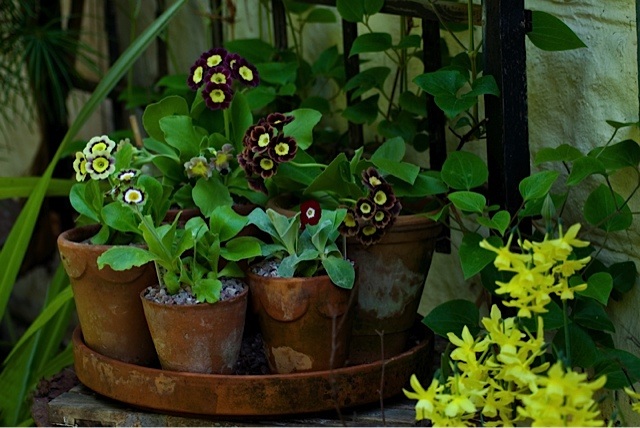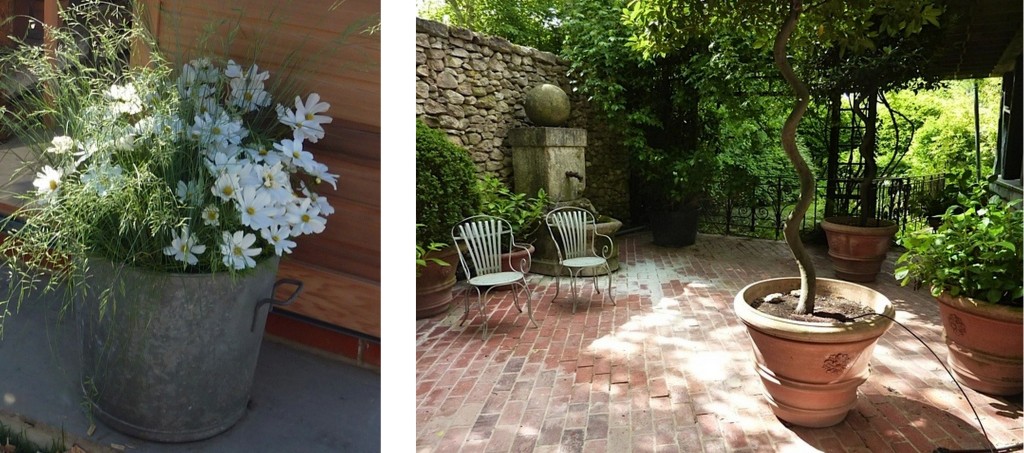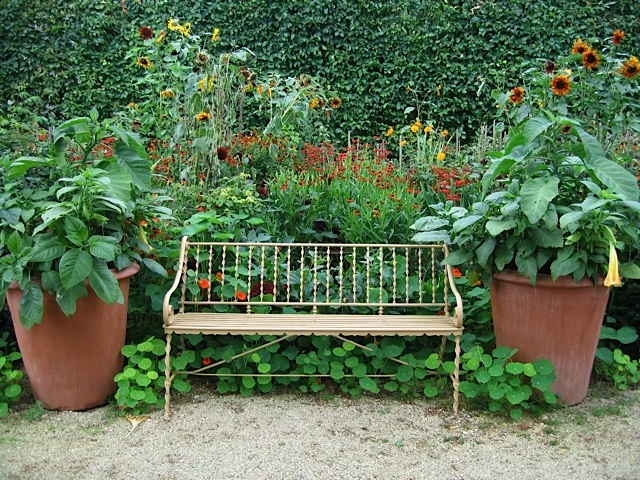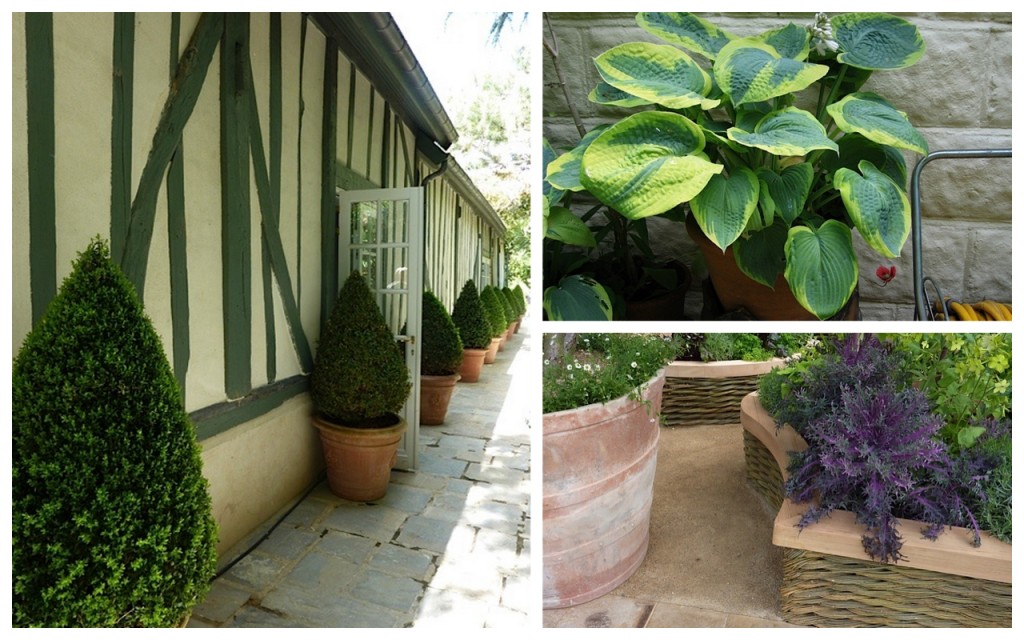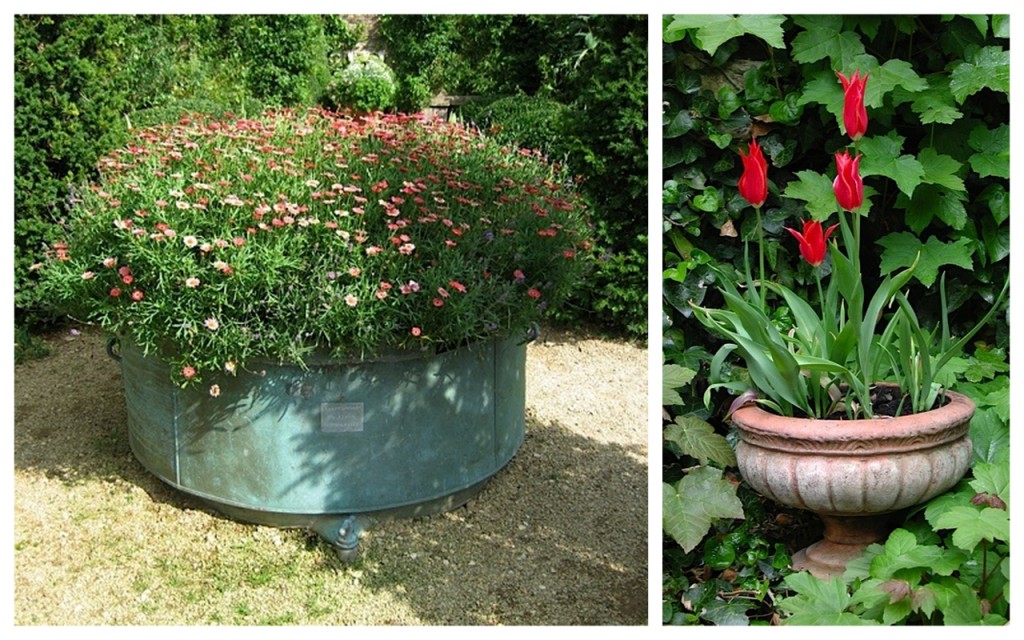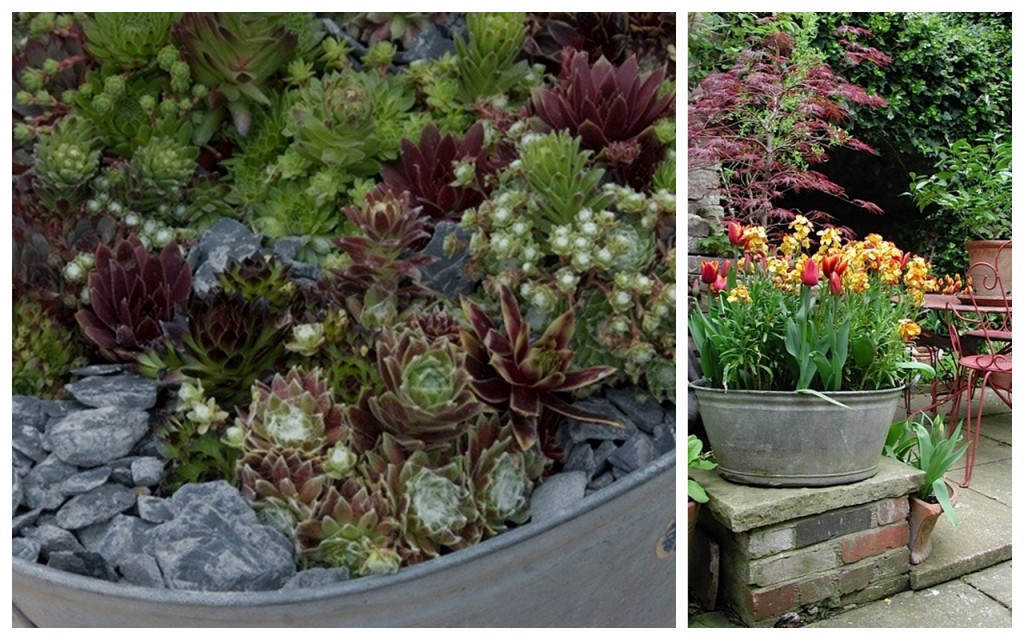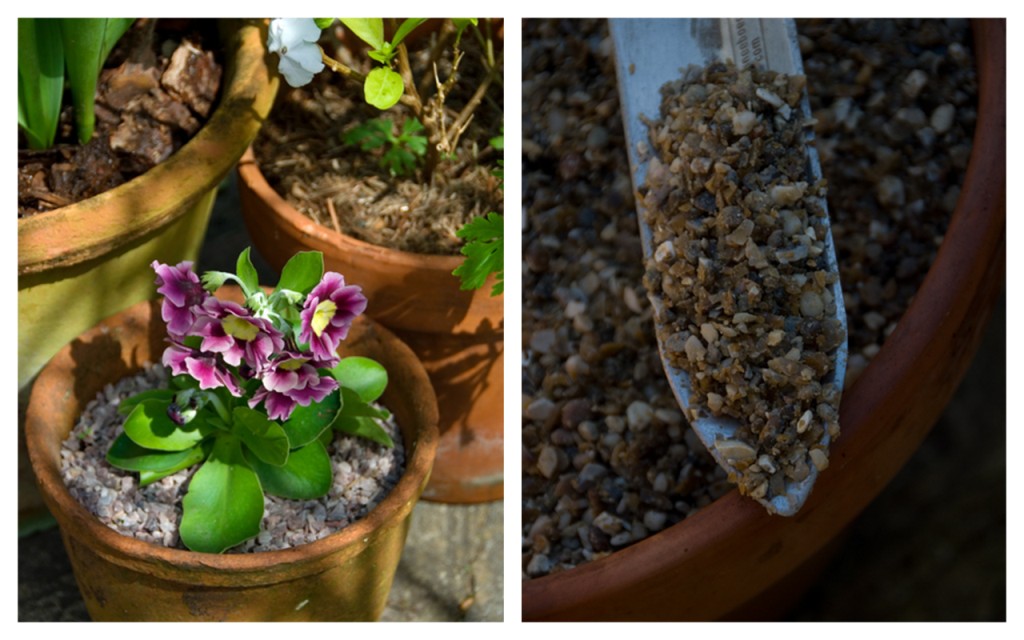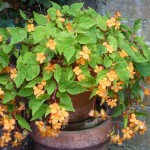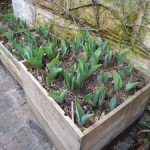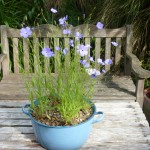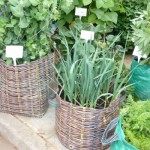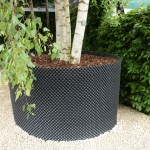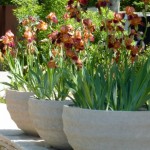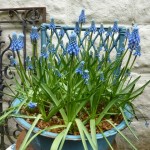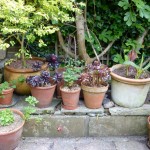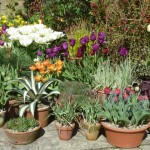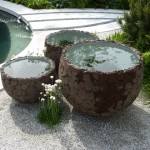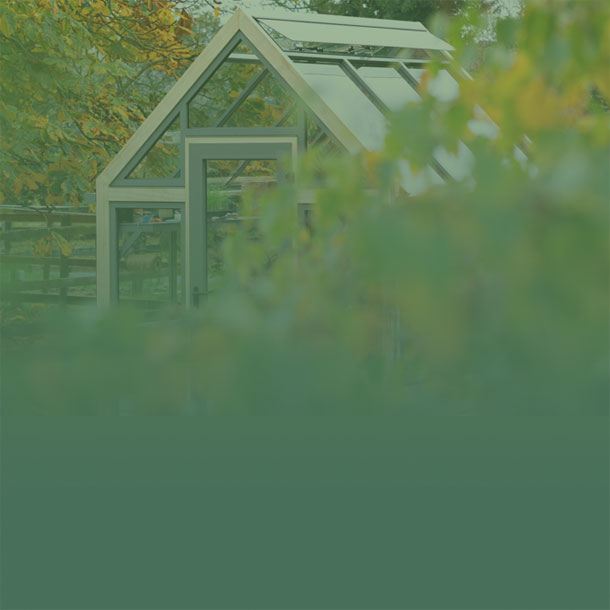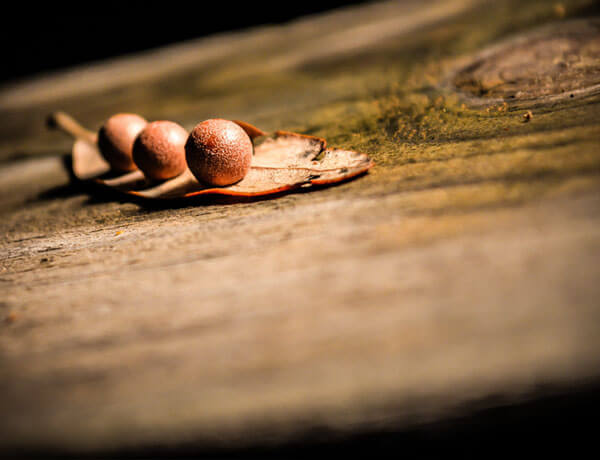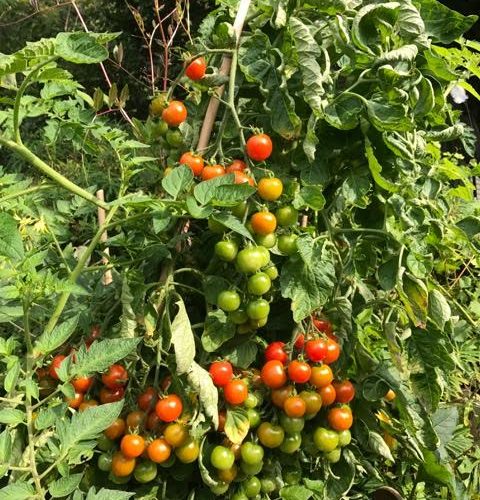-
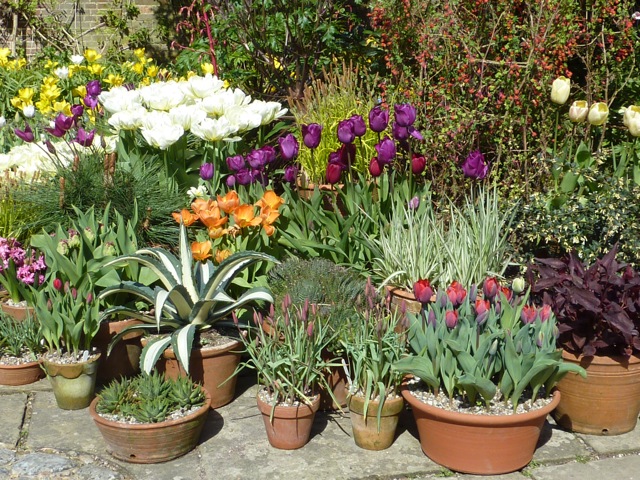
Pots and Planters
Pots & Containers
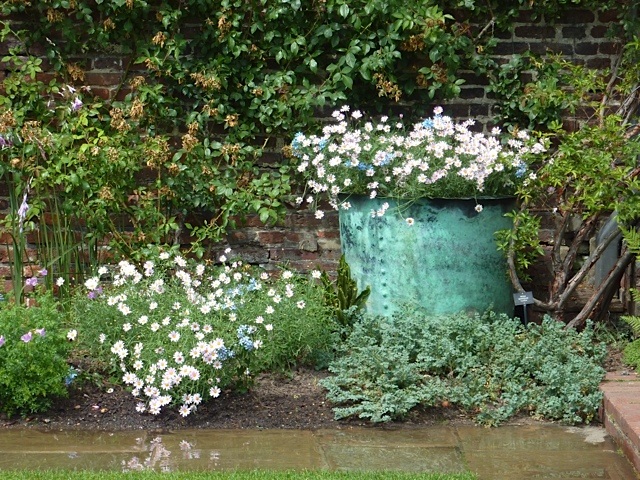
There are few circumstances where a garden is not improved by the addition of one or more containers. They often provide the finishing touch that lifts the garden beyond the ordinary. And for those with a pocket-handkerchief garden, or no more than a balcony or window box, they are the essential components of the garden.Pots and containers can work all sorts of magic in a garden
• Change of Mood – overflowing with flowers, containers can soften the appearance of a contemporary or formal garden; large architectural pots add interest and structure to an informal garden, even when empty; trees in large pots can instantly give a new garden a feeling of maturity
• Contrast in Scale – a single large pot often looks more impressive in a small garden than a selection of small ones; a grouping of pots made out of the same material e.g. terracotta or stone, but in a variety of sizes makes an interesting feature and is more cohesive than different materials grouped together
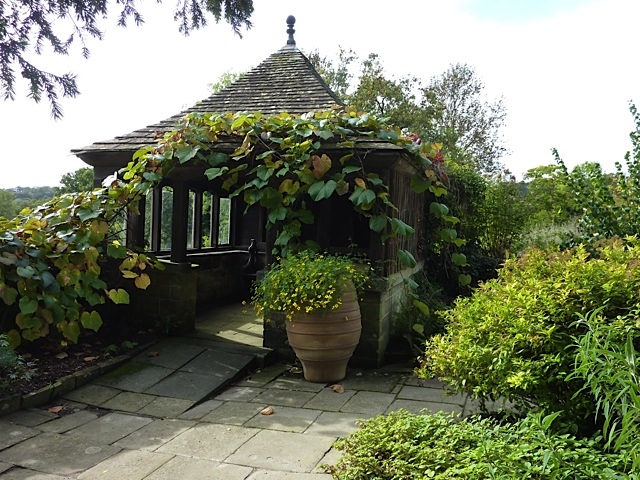
• Contrast in Style – a highly ornamented pot can look fabulous in an otherwise minimalist setting; equally a simple clean-lined pot does not compete with exuberant planting
• Tailor made Soil – sometimes a favourite plant hates the local soil conditions but growing it in a container means it can be given the soil that suits it best
• Restrict Growth – where space is limited and it is necessary to stop a plant growing to its usual height and spread, planting it in a container will have a dwarfing effect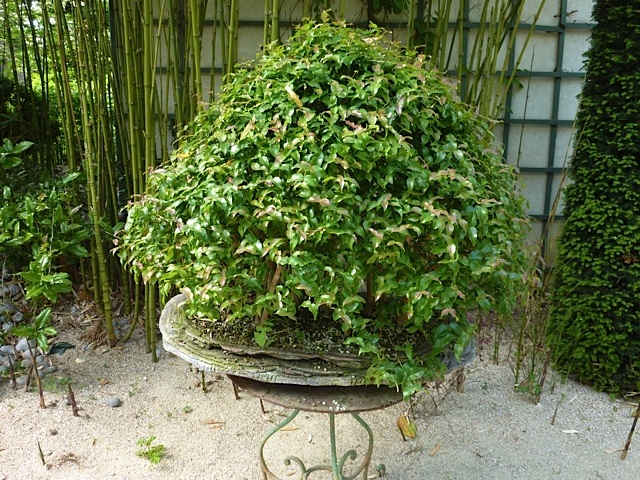
• Raise Plants to Eye Level – it’s easy to miss the delicacy and beauty of low-growing plants, but growing some in containers allows their charms to be more easily admired when displayed on a tabletop or window ledge; grow miniature spring bulbs or flowers such as primula in pots and you won’t need to kneel on the cold, wet ground to admire them• Versatility – with pots and containers seasonal planting can be changed far more easily than in a border and pots that are past their best can be moved into the background
Choosing a Pot or Container
• It is hard to beat stone or terracotta, they both have an enduring appeal, but they aren’t suitable for all situations as weight and durability can be an issue – as well as value – unfortunately they do sometimes get stolen if displayed somewhere that is accessible and not overlooked. Cheap terracotta has a tendency to crack or flake in cold weather, but pots that have been fired at high temperatures will be much more durable. If the budget doesn’t run to antique stone, reconstituted and moulded stone is an excellent substitute and will soon acquire the patina of age.
• Fibreglass containers are made in traditional and contemporary designs, some are moulded from old lead water cisterns and are practically indistinguishable from the genuine antique.• Metal containers are also worth consideration, but bear in mind that the metal conducts both heat and cold and this will sometimes affect plant growth.
• Not all plastic pots are shiny and cheap looking, new materials have been developed that bear a close resemblance to clay pots and are available in sizes large enough to contain a tree.
• Where a pot is going to stand in a windy spot choose one with straight sides – it will be far more stable. Successful Container Growing
Successful Container Growing• Although multipurpose compost will generally give good short term results, plants generally perform better and the compost retains moisture better if it is mixed half and half with a soil-based compost
• For long term planting and large containers it is best to use a soil-based compost
• Place some form of drainage material in the base of the pot to prevent the drainage holes becoming clogged and causing the roots to rot
• Do not fill the container to the top, the rootballs of the plants will displace some of the soil and there should be enough space to add a mulch and allow for watering
• Before planting, soak plants in a bucket of water to make sure that the roots are thoroughly moist and then gently loosen the roots to encourage them to move out into the new soil – otherwise they have a tendency to circle round the rootball instead of spreading out
• Plant firmly and to the same depth as the plant was in its old pot and check there are no air spaces round the rootball• Add a mulch – as well as being decorative this will help suppress weeds, retain moisture and stop soil splashing the leaves in heavy rain
Watering Pots and Containers
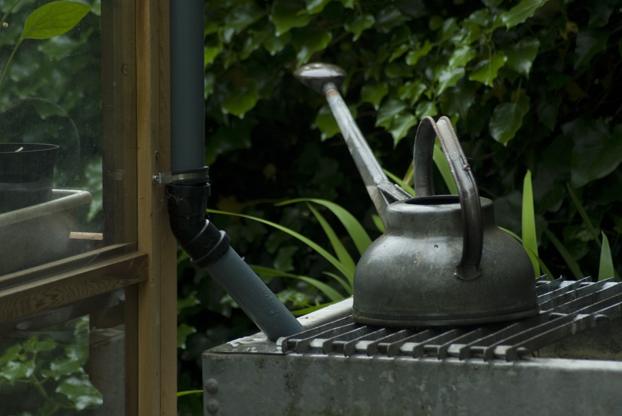
• Containers need more water than beds and borders, especially in the summer months
• Unless rain is heavy and persistent it will not be enough for pots
• A gravel-filled saucer placed beneath a pot during the summer will reduce the amount of watering that is needed – remove these in autumn or the water they contain may freeze and damage the plants and the pot itself
• Water thoroughly around the base of plants rather than sprinkling their leaves where much of the water will bounce off and never make it to the soil
• It’s a good idea to have several watering cans dotted around the garden – you can fill them from a waterbutt or the hose when you do your routine watering and they will be on the spot to rescue thirsty plants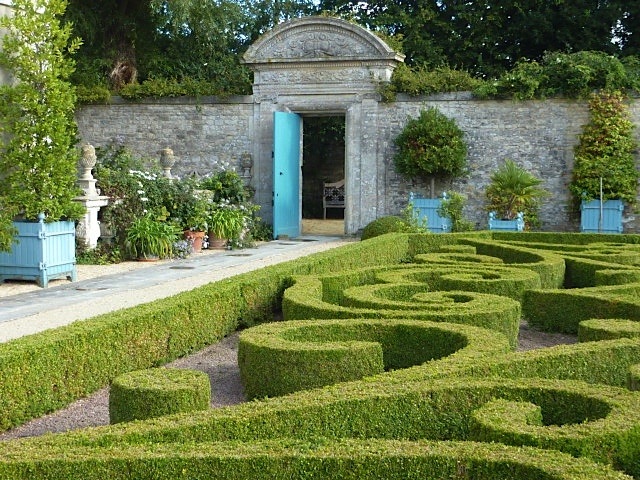 Maintenance of Pots & Containers
Maintenance of Pots & ContainersThere’s a limited amount of food available to plants in pots and containers so it is important to make additional food available
Liquid feed regularly – once a week during the growing season is ideal, but any feeding is better than none
Top dress with a general fertiliser at the beginning of the growing season – fish, blood and bone is good for organic gardeners
For long term planting scrape off the top couple of inches (5cm) of soil and replace the compost every year or so
If you are reusing the multipurpose compost in your container, empty it into a bucket or barrow and give it a through stir as you add a general fertiliser, watch out for pests such as vine weevils – if they are present it is best not to reuse the compost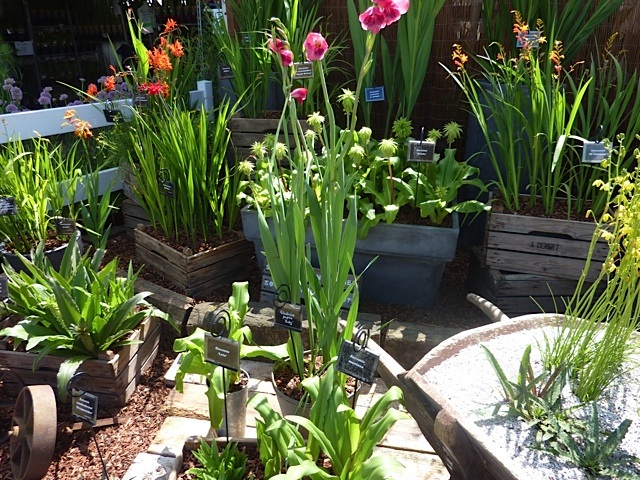 Pests & Diseases
Pests & Diseases• Vine weevils are a particular problem for container grown plants; garden grown plants seem far better able to survive this pest. Often the first sign that you have a problem is that the plant collapses and dies – primula, and cyclamen seem particularly prone. There are chemical treatments, but nothing effective for the organic gardener where prevention is better than cure. Vine weevils are often imported from the garden centres or elsewhere, so growing your own plants from scratch is a good way of avoiding them. If you do buy in plants, tip them out of their pot and look for the tell tale white grubs
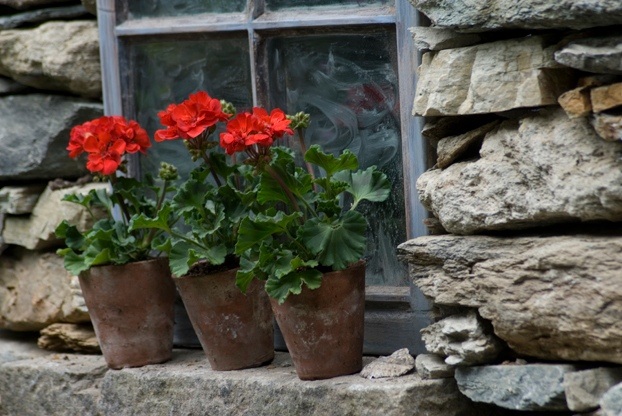
• Slugs are the other bane of the container gardener. If you are growing something they like they will use every method they can to reach it and you will need to be vigilant to keep them at bay. There are various methods to deter them, including bands of copper tape round the pot, wool pellets that expand when watered and create a surface they do not like to crawl over (effective but not very decorative), sharp grit, and slug pellets, preferably those approved for organic gardens. The important thing to remember with slug pellets is that adding more than the recommended amount will not increase their effectiveness – one every 4 inches (10cm) is plenty – a blue mulch of them is wasteful and dangerous to wildlife.If you’re after a little more inspiration the following posts from the blog are worth a look :

